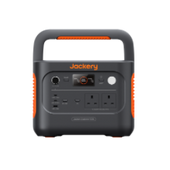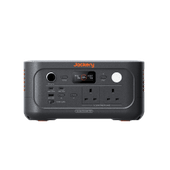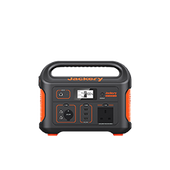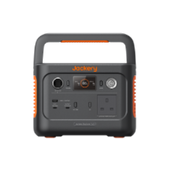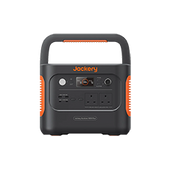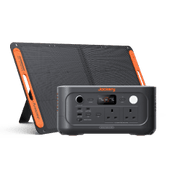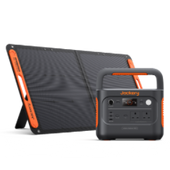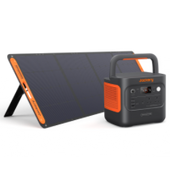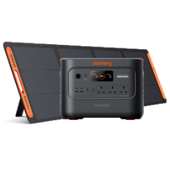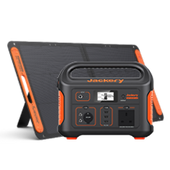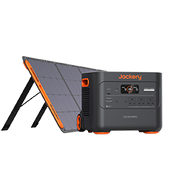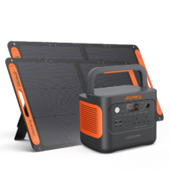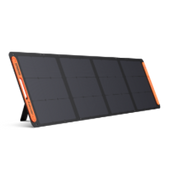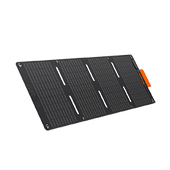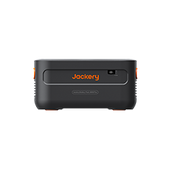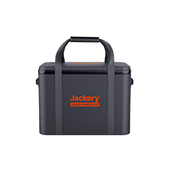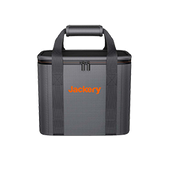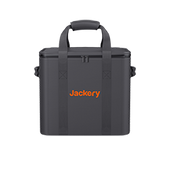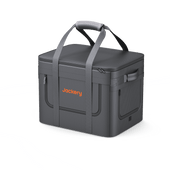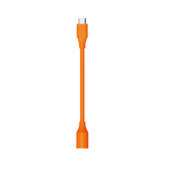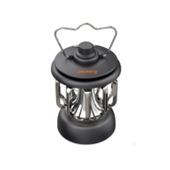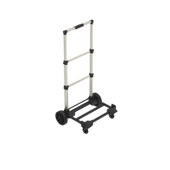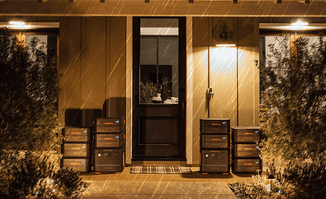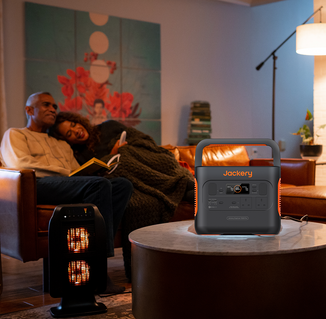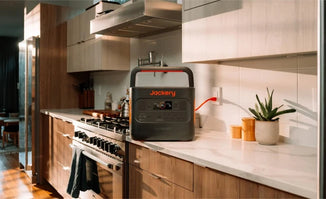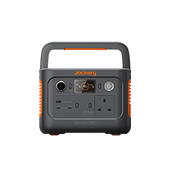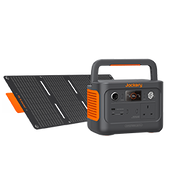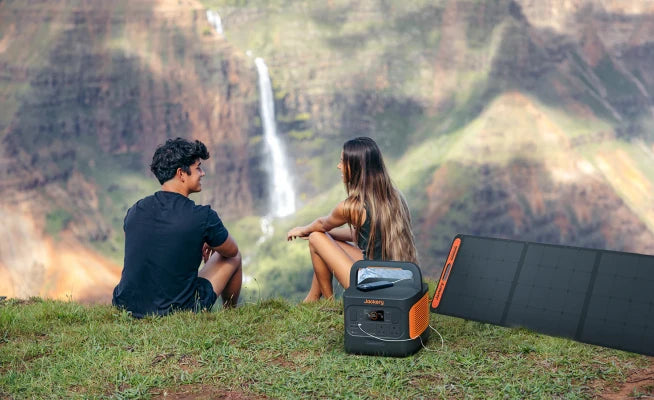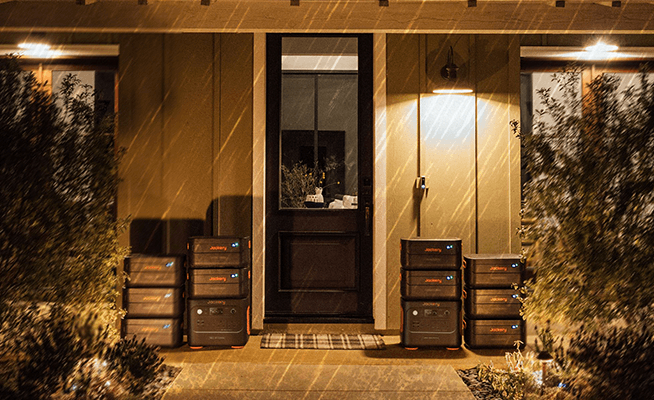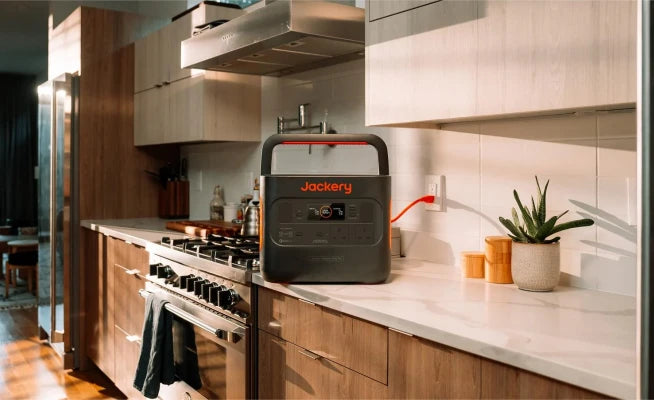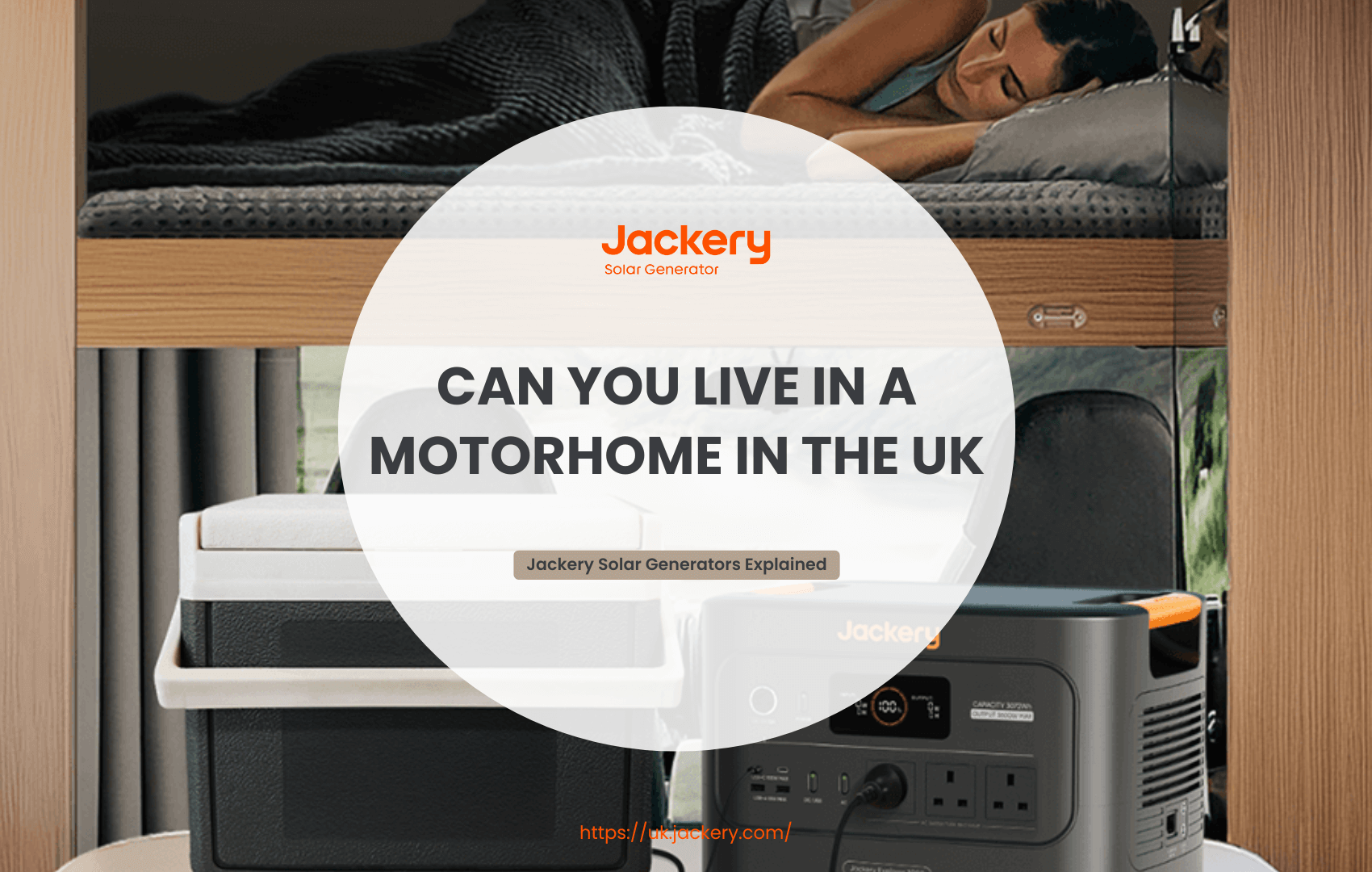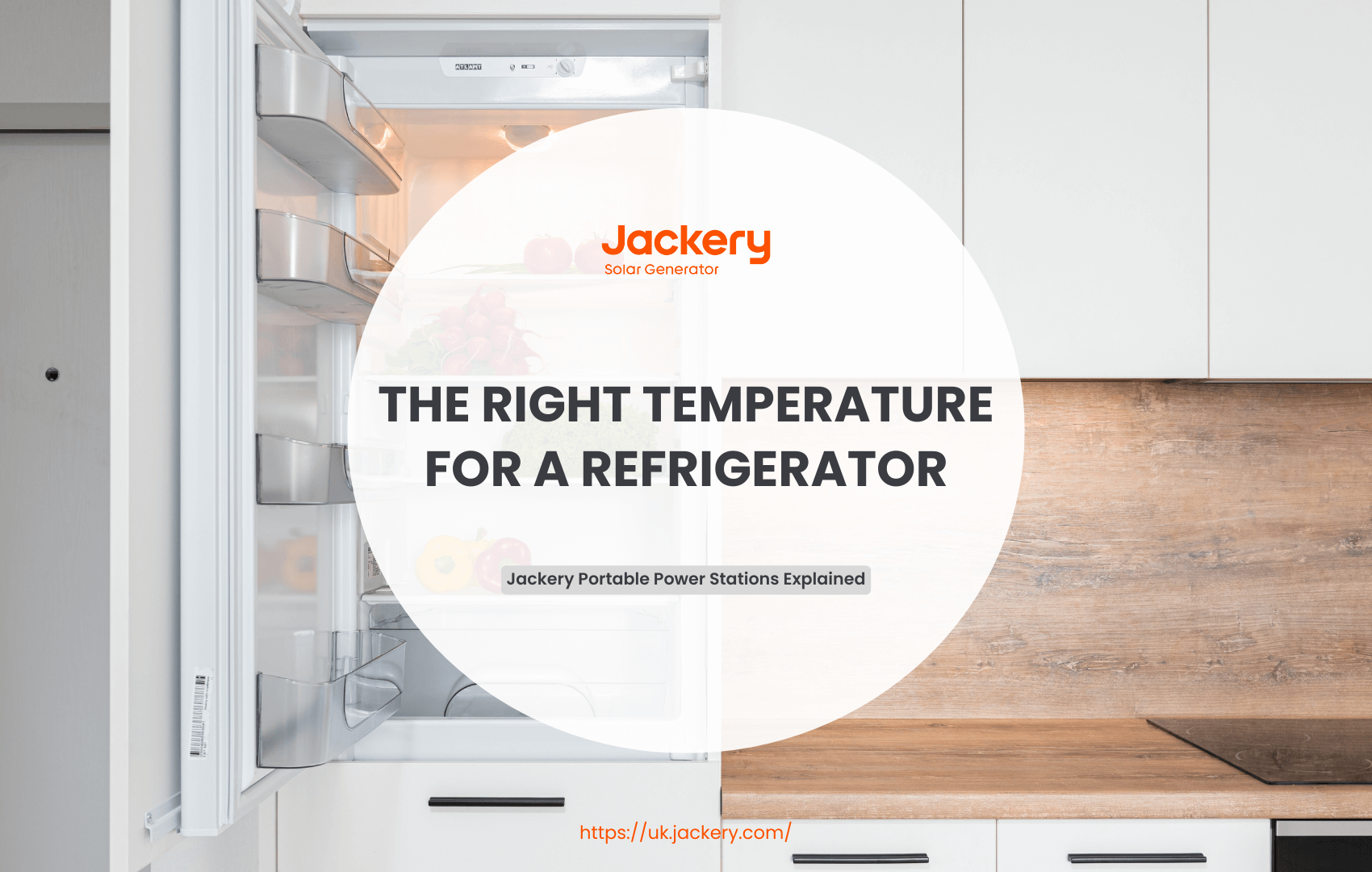Many products claim to be waterproof, but what does that really mean? Choosing the wrong protection level can lead to costly damage from dust or water. This often stems from uncertainty about a device's suitability for outdoor or indoor use. Understanding IP ratings provides a clear, standardized way to assess protection.
Decoding IP Ratings: What the Numbers Actually Mean
The term "IP" stands for "Ingress Protection" or "International Protection". It is a universal standard from the IEC (International Electrotechnical Commission) that classifies the degree of protection an enclosure provides against the intrusion of foreign objects and moisture. This two-digit code is more precise than vague terms like "waterproof.
First Digit (Solid Objects)
The first number, ranging from 0 (none) to 6 (dust-tight), rates protection against solid particles like fingers, tools, and dust. A higher number signifies greater protection against the intrusion of hazardous components.
Second Digit (Liquids)
The second number, ranging from 0 (none) to 9 (high-pressure jets), measures protection against liquids. It covers everything from drips and sprays to full submersion, with a higher number indicating greater resistance to water ingress.
The 'X' Factor
You might occasionally see a rating like IPX5. The 'X' simply means the enclosure is not yet rated for that specific specification. In the IPX5 example, the device has a tested liquid protection rating of 5, but no certified protection against solid objects.
IP20 vs. IP65: The Critical Differences for Your Gear
Understanding the vast difference between an IP20 and an IP65 rating is key to protecting your investment. One is designed for a pristine indoor setting, while the other is a versatile workhorse for more challenging conditions.
|
Feature |
IP20 Rating |
IP65 Protection Rating |
|
Solids Protection (1st Digit) |
2: Protects against solid objects larger than 12.5mm (e.g., a finger). |
6: Completely dust-tight. |
|
Liquids Protection (2nd Digit) |
0: No protection against water or moisture. |
5: Protects against low-pressure water jets from any direction. |
|
Common Weakness |
Vulnerable to dust, moisture, and accidental spills. |
Not suitable for continuous submersion. |
|
Ideal Environment |
Dry, low-moisture indoor environments. |
Humid indoor environments, sheltered outdoor areas. |
IP20: The Indoor Standard
An IP20 rating signifies very basic protection. The '2' means it prevents intrusion from solid objects larger than 12.5mm, such as a finger. The '0' means it offers absolutely no protection from water or moisture.
This rating is perfectly adequate for electronics used in dry, low-moisture indoor environments like bedrooms, living rooms, and offices. Devices with this rating are safe from accidental touching but highly vulnerable to dust buildup and any form of moisture.
IP65: The All-Weather Workhorse
An IP65 rating represents a significant step up in durability. The '6' guarantees that the enclosure is completely dust-tight, offering the highest level of dust protection. This prevents fine particles from damaging sensitive electronics.
The '5' ensures protection from low-pressure water jets from any direction. This means the device is resistant to splashing and spraying water. It is suitable for humid indoor environments like bathrooms and kitchens, and sheltered outdoor areas where moisture or water spray is a risk.

Choosing the Right Protection: A Scenario-Based Guide
Matching the IP rating to your environment is the most effective way to ensure the longevity and safety of your electronics.
Indoor, Climate-Controlled Power Needs
● Environment: A home office, living room, or bedroom.
● Hazards: Minimal dust and virtually no risk of water exposure.
● Recommendation: An IP20-rated device is generally sufficient for these conditions.
Dusty or Humid Indoor Spaces
● Environment: A garage, workshop, basement, or even a busy kitchen.
● Hazards: Airborne sawdust, metal filings, high humidity, condensation, and the potential for accidental splashes.
● Recommendation: An IP65 protection rating is strongly recommended.
For powering tools and equipment in a demanding workshop, a robust power solution with an adequate IP Rating is essential.
● Jackery Solar Generator 2000 v2
o Capacity: 2042Wh
o Output: 2200W
o Use Case: With an IP68 rating, this generator provides ample, reliable power for running multiple high-draw tools like saws and sanders in a dusty workshop, ensuring your projects continue without interruption.
Sheltered Outdoor & Job Site Use
● Environment: Covered patios, RV camping trips, outdoor market stalls, and construction sites.
● Hazards: Unpredictable weather, including wind-driven rain, splashes from cleaning, and high levels of ambient dust.
● Recommendation: An IP65 rating is essential for reliability and safety in these variable conditions.
For the most demanding job sites or off-grid adventures where resilience is paramount, a top-tier protected unit is necessary.
● Jackery Explorer 3000 v2
o Output: 3600W (7200W Surge)
o Use Case: With its exceptional 3600W output, this generator is built to power heavy-duty equipment on construction sites or during outdoor expeditions.
How Should You Install and Maintain Your Device for Long-Term Reliability?
An IP rating is only as good as the care you take of the device. Following proper installation and maintenance practices ensures your equipment delivers its promised protection for years to come.
● Proper Installation: To maintain the integrity of an IP-rated unit, ensure all port covers and rubber seals are firmly closed and secured when not in use. A single open port cover compromises the entire enclosure's protection against dust and water.
● Ventilation is Key: Never place any power station, regardless of its IP rating, inside a fully sealed cabinet without adequate airflow. IP ratings only measure dust and water resistance; they do not account for heat buildup.
● Regular Inspection: Periodically inspect the gaskets and seals around ports and enclosure seams for any signs of wear, cracking, or damage. This is especially important after using the device in harsh, dusty, or wet conditions. Protecting your gear from the elements is as important as protecting it from physical damage, like protecting it against solar panel hail damage.
● Do Not Modify: Resist the temptation to open or modify a sealed enclosure. Doing so will immediately void its IP rating and likely its warranty. Always use manufacturer-approved accessories and cables to ensure a proper and safe connection.
Beyond IP65: When Do You Need a Higher Rating?
While IP65 is a robust standard for many applications, certain scenarios demand even greater protection.
● IP67: This rating protects against temporary submersion in water up to 1 meter deep for 30 minutes. It is ideal for devices that might face accidental drops into water.
● IP68: This rating means the device is protected against continuous submersion, with the manufacturer specifying the exact depth and duration. This rating is necessary for equipment intended for continuous use underwater.
Smart Buying: How to Verify Claims and Avoid Marketing Traps
Navigating the market for durable electronics requires a discerning eye. By focusing on certified standards instead of marketing buzzwords, you can make a much smarter purchase.
● Look for the IP Rating: The word "waterproof" is a marketing term, not a technical standard. It has no consistent definition and can be misleading. Always ignore vague claims and look for the specific two-digit IP rating on the product's technical specifications sheet.
● Verify Certifications: Reputable brands are transparent about the standards their products meet. Look for explicit mentions of IEC 60529 compliance. This certification ensures the IP65 protection rating has been tested and verified by an independent body. You can find more helpful information in our knowledge centre.
● Check the Warranty: Read the warranty details carefully. Many manufacturers exclude water damage from their coverage, even for IP-rated products, if the device is used outside its certified limits (e.g., submerging an IP65 device). Understanding these limitations is crucial.
● Consider the Whole System: An IP65-rated power station is only protected when its ports are sealed. The moment you plug something in, the overall protection is limited by the weakest link. The connected cables, plugs, and the devices being powered may not share the same level of dust or water resistance.
Match the Rating to Your Reality
The difference between IP20 and IP65 is the difference between a device designed for a protected indoor life and one built to withstand the rigours of a workshop or the outdoors. IP20 is suitable for dry, clean indoor environments, while the dust-tight and water-resistant nature of IP65 makes it the clear choice for dusty, damp, or sheltered outdoor conditions.
By understanding these critical ratings, you can move beyond confusing marketing terms and avoid costly damage from dust and moisture. You are now empowered to choose equipment that is not only safe but truly built to last in your world.
For robust, reliable power in challenging environments, solutions like the Jackery Solar Generator 2000 v2 and the Jackery Explorer 3000 v2 provide the certified protection needed to get the job done.
Frequently Asked Questions
1. How do extreme temperatures affect the integrity of an IP-rated enclosure?
While IP ratings do not cover temperature, extreme heat or cold can cause seals and gaskets to degrade, expand, or contract over time. This can eventually compromise the enclosure's stated protection against dust and water.
2. Are there any common misconceptions about IP65 devices that users should be aware of?
A common misconception is that IP65 means a device is fully waterproof. It is only protected against low-pressure water jets and is not designed to withstand high-pressure washing or submersion in water.
3. What steps can be taken to extend the lifespan of an IP65-rated device when used in harsh conditions?
Regularly clean external surfaces to remove abrasive dust, inspect port covers for a tight seal, and store the device out of direct sunlight. Avoid exposing it to corrosive chemicals, which can damage the enclosure materials.
4. If a device is rated IPX5, does that imply it has some solid particle protection, even if not explicitly tested?
No, an 'X' in the rating explicitly means that no testing was performed for that type of protection. Therefore, you should assume an IPX5 device has no certified protection against solid particles like dust.
5. How does the warranty typically handle damage if an IP65-rated device is exposed to conditions beyond its rating, such as submersion?
Warranties almost always specify that damage resulting from misuse is not covered. Exposing an IP65-rated device to conditions beyond its certification, such as submersion, would be considered misuse and would void the warranty coverage for that damage.



